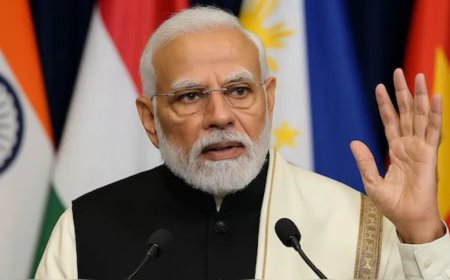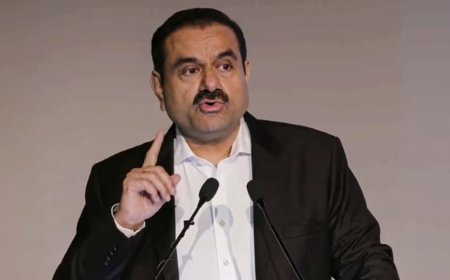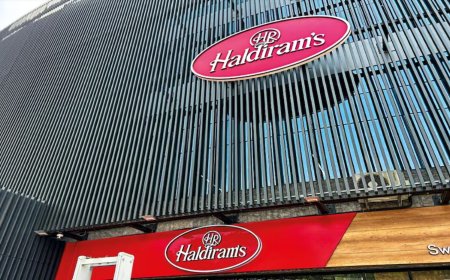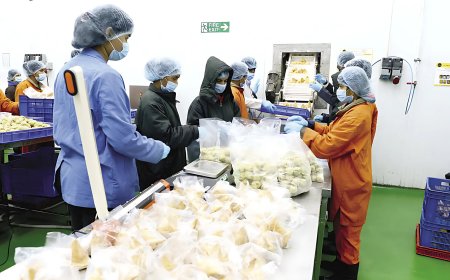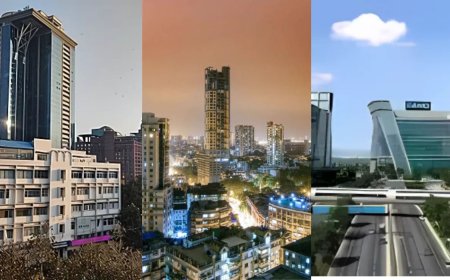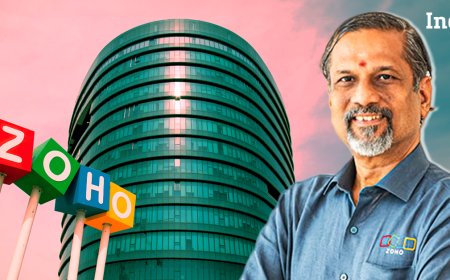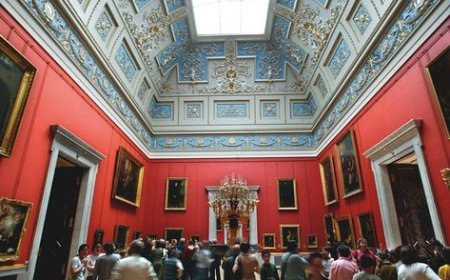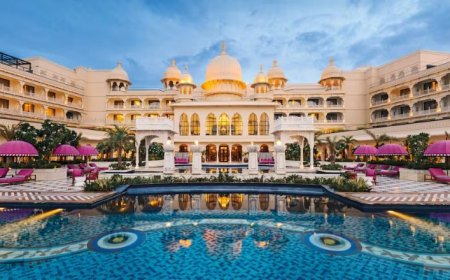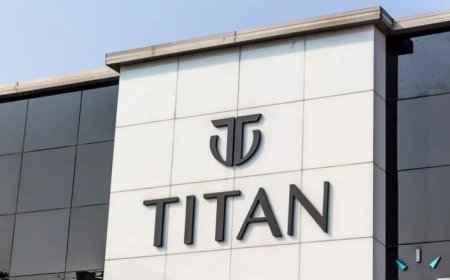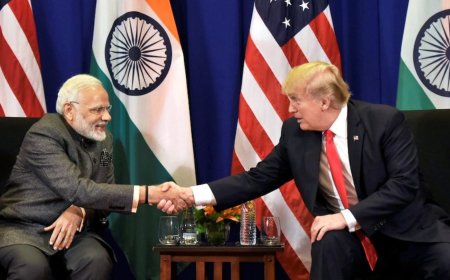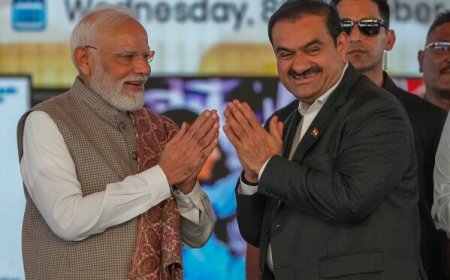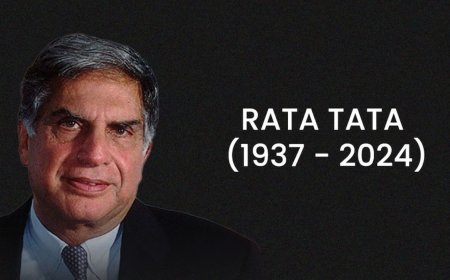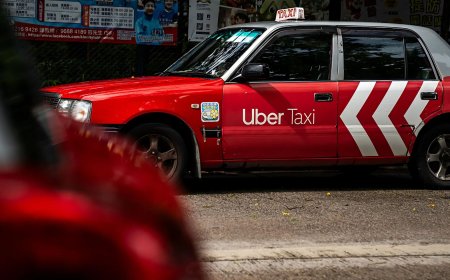The New Silk Sheets: What’s Fueling India’s Luxury Hotel Boom?
Discover what’s driving India’s luxury hotel boom — from rising domestic tourism to foreign investment and sustainability shaping the next era of hospitality.

The Rise of India’s Luxury Hospitality Market
Over the last five years, India has witnessed an extraordinary surge in high-end hotel investments, driven by an expanding affluent population, a thriving startup culture, and a global tourism rebound.
According to industry reports, India’s luxury hotel segment is projected to grow at over 9% CAGR through 2030, with brands like Taj, Oberoi, Marriott, and Hyatt leading the race.
What’s Driving the Boom?
1. Rising Domestic Tourism
With a new generation of affluent travelers, weekend getaways and destination weddings are boosting demand for luxury resorts. Cities like Udaipur, Goa, and Jaipur have become hotspots for “experience-first” travelers.
2. Foreign Investment & Global Partnerships
Luxury giants like Four Seasons, Accor, and Hilton are expanding aggressively through joint ventures with Indian developers, capitalizing on the country’s growing inbound tourism and real estate appetite.
3. Tier-2 City Expansion
No longer confined to metros, luxury hotels are making inroads into cities like Indore, Bhubaneswar, and Coimbatore, signaling the rise of regional wealth and business travel beyond traditional hubs.
4. Government Push for Tourism & Infrastructure
Initiatives like Dekho Apna Desh, G20 Summits, and new airport developments have made India a global hospitality magnet. Improved connectivity is translating directly into higher hotel occupancy rates.
5. Experience-Driven Luxury
Modern travelers want more than marble lobbies — they crave personalized stays, spa retreats, and sustainability. Indian brands are blending local culture with contemporary design, redefining what luxury means in 2025.
The Economics Behind the Glamour
According to HVS Anarock, India’s average room rates (ARR) in the luxury segment rose 25% in 2024, while occupancy remained strong at 68–70%.
This combination of rising tariffs and steady demand has made luxury hospitality one of the most profitable segments in India’s service industry.
Foreign funds are pouring in, and domestic players like Lemon Tree and ITC Hotels are diversifying into “upper upscale” brands to ride the wave.
Sustainability: The New Standard of Luxury
From solar-powered suites to zero-waste dining, sustainability is no longer optional — it’s the new definition of luxury. The Taj Group and IHCL are investing heavily in green architecture and eco-conscious experiences to attract global travelers mindful of carbon footprints.
The Future of India’s Luxury Hotels
Experts predict India will add over 50,000 new luxury and upper-upscale rooms by 2030.
This boom isn’t just about elite travel — it’s about branding India as a global luxury destination, where heritage meets innovation.
As India’s economy grows and its cultural influence expands, the “new silk sheets” symbolize more than comfort — they represent confidence, aspiration, and world-class ambition.
Conclusion
The luxury hotel boom in India reflects a perfect blend of economic growth, lifestyle evolution, and global tourism momentum. It’s a story not just of architecture and opulence, but of India stepping into its role as a world leader in premium experiences.
What's Your Reaction?
 Like
0
Like
0
 Dislike
0
Dislike
0
 Love
0
Love
0
 Funny
0
Funny
0
 Angry
0
Angry
0
 Sad
0
Sad
0
 Wow
0
Wow
0






